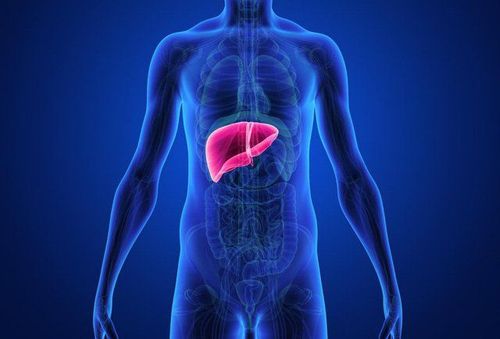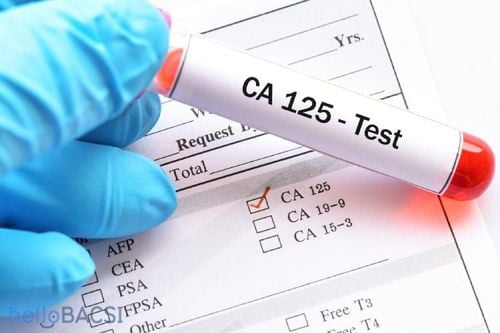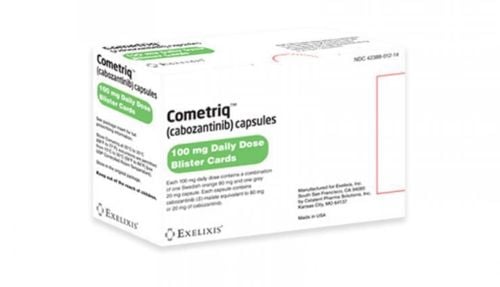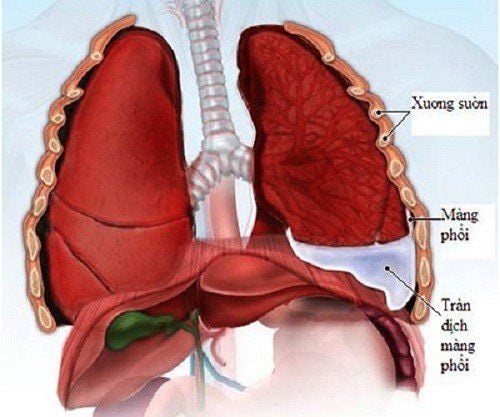This is an automatically translated article.
With some lung diseases such as lung cancer, lung tumor..., the current effective treatment method is atypical pneumonectomy due to pathology, which can be surgery to remove a blown lobe or surgery. resection of a pathological lobe of the lung. Depending on the patient's health status and stage of lung disease, there will be certain treatment indications in each specific case.
1. Respiratory disease
Respiratory pathology is a group of diseases that are very important and dangerous to human health because it directly affects the vital function to maintain life that is respiration. Some typical diseases that can be mentioned in the group of respiratory diseases are atypical pneumonia, lung cancer, lung tumors, bronchiectasis, air cysts, empyema... are dangerous conditions. should be treated as soon as detected.
In which, lung cancer is one of the dangerous problems of the whole society, in Vietnam and in the world. The disease develops through many stages, if detected early and treated in the early stages, it is possible to control this respiratory disease and prolong the life of the patient. However, because in the early stages of the disease, there are almost no typical clinical signs and the patient has subjective psychology, so the disease is often detected at a rather late stage, requiring surgical intervention to remove the lungs. atypically due to pathology, sometimes it is not even possible to apply this method to save the patient's life. Therefore, it is necessary to regularly perform cancer screening with modern techniques so that the disease can be detected early, when the tumor has not developed strongly so that it can be effectively treated for the patient.
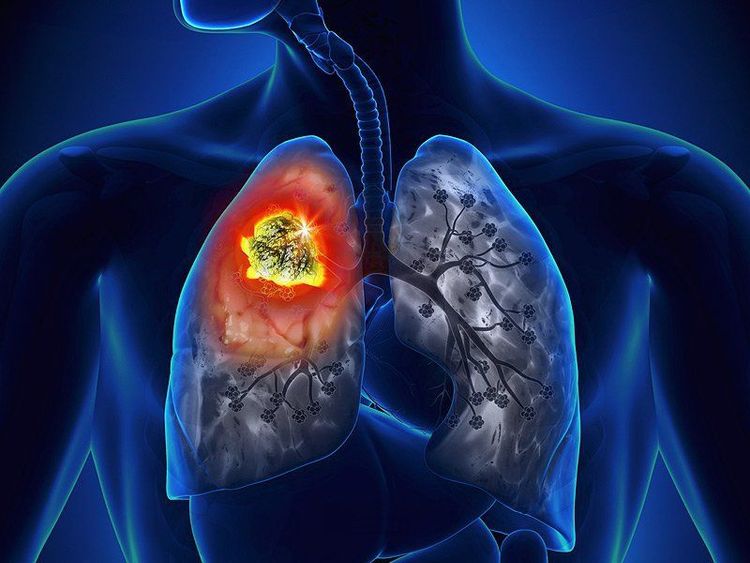
Ung thư phổi cần được điều trị sớm
What is the job of the lungs?
2. Atypical pneumonectomy due to pathology
Pathological atypical pneumonectomy is a commonly used method to treat dangerous respiratory diseases, including lung cancer. This surgery can be done laparoscopically to minimize the dangerous complications that may occur to the patient during surgery.
In addition, there is a surgical method to remove a segment of the lung or surgically remove a pathological lobe to support lung cancer patients in treatment.
In these techniques, the patient will be performed to cut a lobe or a lobe of the damaged lung to preserve the remaining lung, and at the same time remove the metastases to prevent the tumor from expanding. out, prolonging the patient's life as long as possible.
After the surgery is over, the patient may continue to receive drug or chemotherapy treatment to help eradicate the tumor causing the disease. In the above methods, the surgery to remove a pathological lobe is considered very complicated because this is a location that involves many arteries and veins of the body, in addition, the upper lobe of the left lung is still in the right position. The location is close to the heart and aorta, so it is very difficult and dangerous during surgery because it easily affects these organs.
In order to properly prepare for any lung surgery, whether pathological monolobectomy, partial lobectomy, or pathological atypical pneumonectomy, it is essential to perform Take the following steps to assess your health status as well as detect related diseases such as cardiovascular disease, respiratory disease, blood clotting disease...:
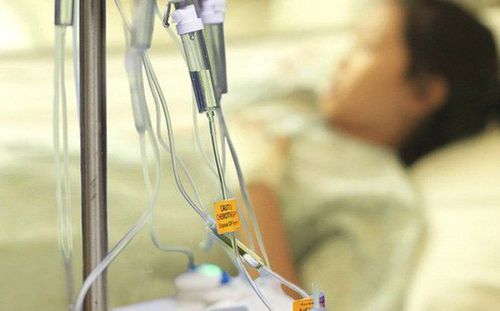
Phương pháp hóa trị áp dụng trong điều trị một số bệnh lý hô hấp
Test blood count, blood chemistry, coagulation, find blood group. Testing for HbsAg , HCV, HIV Testing for 10 urine parameters Chest X-ray Chest X-ray Computed tomography Bronchoscopy, taking samples to perform tumor biopsies to diagnose cancer type, cancer stage Electromeasurement heart , respiratory function measurement Perform echocardiography , abdominal ultrasound PET-CT and mediastinoscopy. Improve physical strength to help the body recover quickly after surgery: exercise appropriately, eat enough necessary nutrients, provide enough water for the body. Maintain good hygiene before surgery to avoid infection. For 8 hours before surgery, absolutely do not eat any food to make the surgery go smoothly.
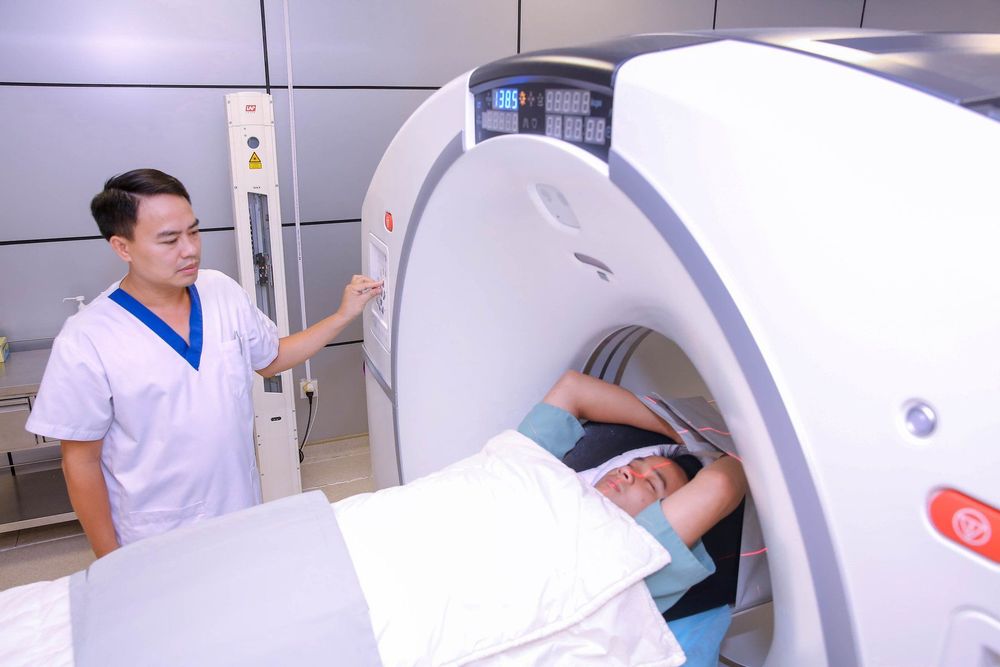
Chụp PET-CT giúp phát hiện bệnh lý
After undergoing surgery to treat respiratory diseases, patients also need to pay attention to the following to protect their health:
The first few days after surgery, patients can breathe oxygen through mask, the patient needs to practice deep breathing, cough to help the lungs expand and drain the tube as soon as possible. Patients can practice breathing by sitting up, using breathing exercises and the support of medical staff to practice breathing movements, coughing to help recover faster and sometimes even help. prevent infection of the body. Keep the needle area clean after surgery, monitor the infusion process closely so that if there are any problems, immediately notify the treating doctor for treatment. Apply appropriate pain relief methods after surgery. Chest drainage to suck blood remaining inside the pleural cavity, helping the lungs to expand better. Change the wound dressing every day. Try to move around gently every day so that the respiratory system quickly returns to a healthy state as usual. Eat a healthy diet, eat slowly, gradually increase your meals, not a lot right from the start of surgery, pay attention to eat foods that are easy to digest and drink enough water. Always keep the lungs warm and keep the body clean. Follow the post-operative treatment protocol given by the doctor to help the disease be treated thoroughly, improve the quality of life and prolong the survival time.
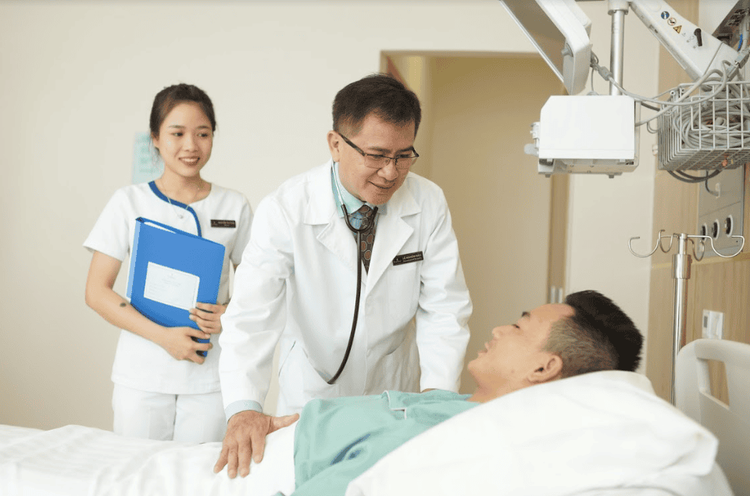
Sau mổ bệnh nhân cần được chăm sóc đặc biệt
Pulmonary surgery methods such as pathological monolobectomy, partial lobar resection or atypical pneumonectomy due to pathology are complex and intensive techniques that need to be diagnosed. disease, stage of disease as well as related diseases carefully before surgery. In addition, after surgery, patients also need to take care of their health properly and keep themselves an optimistic and happy spirit.
Lung cancer screening is the most effective measure for you to detect and promptly treat lung cancer, protect your health and life. Currently, Vinmec International General Hospital has a lung cancer screening package with many outstanding advantages such as: A team of highly qualified and experienced doctors; Having a full range of specialized facilities to diagnose the disease and stage it before treatment: Endoscopy, CT scan, PET-CT scan, MRI, histopathological diagnosis, genetic - cytological testing... Having a full range of main cancer treatment methods: surgery, radiation therapy, chemotherapy, stem cell transplant.... present illness.
To register for examination and treatment at Vinmec International General Hospital, you can contact Vinmec Health System nationwide, or register online HERE
Recommended video:
Screening Cancer: Methods for early detection of disease, reduction of treatment costs and cancer mortality
SEE MORE
Steps to diagnose lung cancer Foods to prevent lung cancer Why is it important to screen for lung cancer?




